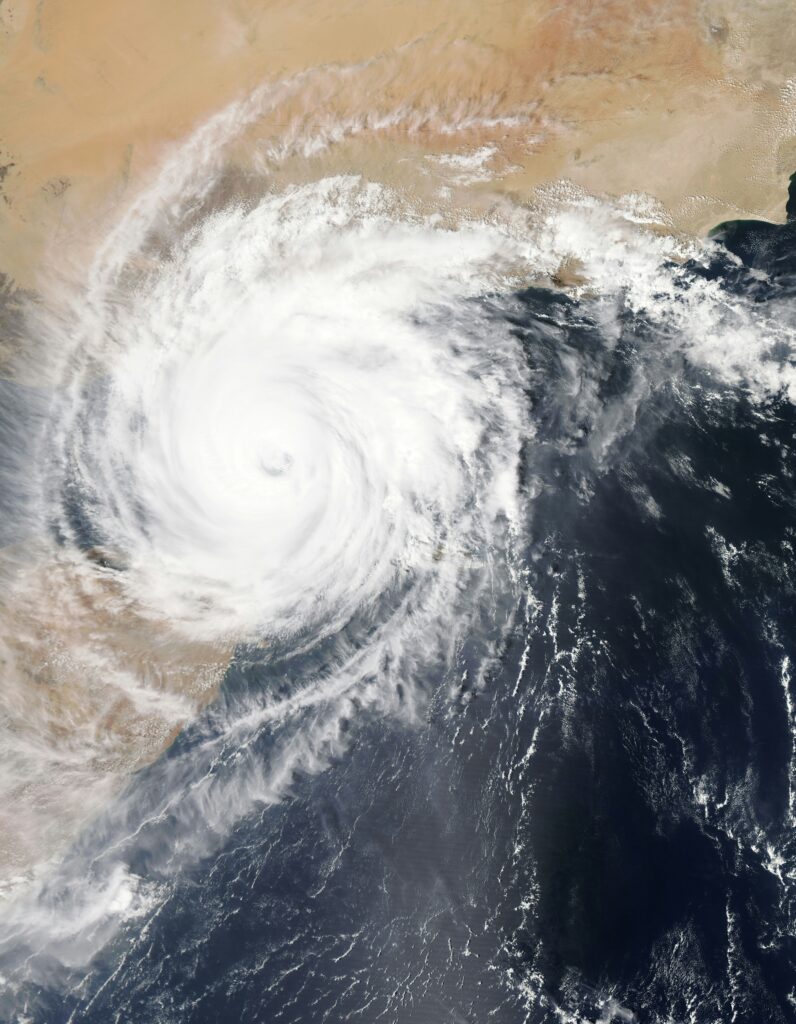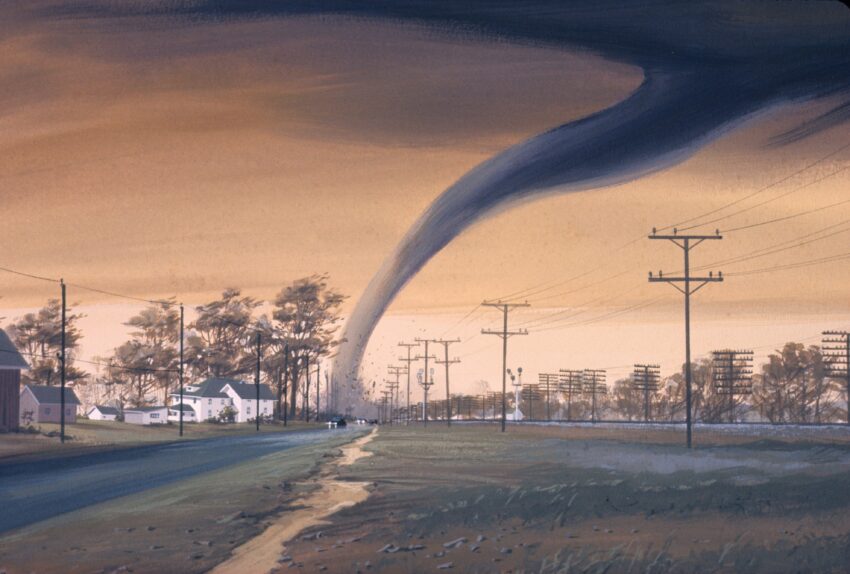What is DMORT?
The acronym DMORT stands for Disaster Mortuary Operational Response Team. DMORT is part of the federal National Disaster Medical System within the U.S. Department of Health and Human Services (HHS).
Once the President declares a major federal disaster or a Governor declares a state disaster, coroners and medical examiners faced with a mass fatality incident can request DMORT assistance. The definition of a mass fatality incident is when a coroner or medical examiner jurisdiction has more bodies than it can handle on its own or with local and state support. Depending on the size and resources of the office, that could be ten bodies or hundreds of bodies.
This October 2024 article provides a detailed description of DMORT’s operations and staff.

Disasters can be weather events like hurricanes, floods, earthquakes, wildfires, heat waves, tsunamis, and tornadoes. They can also be terrorist attacks like 9-1-1 or accidents like plane crashes. In such cases, DMORT can be immediately deployed by the NTSB (National Transportation Safety Board) or the FBI.
DMORT’s primary mission is identification of remains and reunification of those remains with family. DMORT teams work under the direction of the coroner or medical examiner of the impacted jurisdiction. Determination of the cause and manner of death remains the responsibility of the local coroner, but DMORT professionals can assist with that function if needed.
An Emergency Workforce
The core of DMORT is people—mostly private citizens with experience in death work. Coroners and medical examiners, funeral directors, forensic pathologists, death logistics experts and others sign up for one of ten regional response teams. They serve intermittently as needed, like members of the National Guard. While “deployed,” team members are federal employees. The DMORT Region 3 team website has more details.
A recent HHS newsletter described DMORT as a function “created in 1992 to assist federal, state, local, tribal, and territorial entities with identifying and reuniting human remains with their loved ones after a mass fatality incident.”
When does DMORT respond?
Federal emergency assistance is only available if there’s a Presidential declaration of a major disaster or less common situations as described above. As the new administration questions the utility of federal disaster response, changes in DMORT’s role and perhaps even its existence are a possibility.
Are local, state, or private entities capable of handling mass fatality incidents on their own if DMORT is deactivated? I’d say it depends. It’s helpful to see when and where DMORT has assisted over the past couple of decades.
Selected Deployments 2001-2024
- Shanksville, PA, 2001: Flight 93 crash on 9-11-2001, 40 decedents
- Baton Rouge/New Orleans, Louisiana: Hurricane Katrina, 2005, ~2500 decedents
- Haiti, 2010: earthquake, 250 Americans identified among the 212,000 decedents
- New York City, 2020: COVID-19 pandemic response, >10,000 decedents by mid-April
- Maui, Hawaii, 2023: Wildfire, 102 decedents
- North Carolina, 2024: Hurricane Helene, estimated 227 decedents
North Carolina has a centralized medical examiner system. Even so, they received assistance from a 44-person DMORT team to help identify and determine the cause and manner of death for dozens of storm-related fatalities in the aftermath of Hurricane Helene.
In California, on the other hand, one of the largest medical examiner offices in the country has so far managed deaths associated with the Los Angeles wildfires without DMORT support. The media office of the Los Angeles Department of the Medical Examiner responded to a January 23, 2025 inquiry with this statement: “DMORT staff were not requested as part of the response to the wildfires.” On January 21, 2025, the LA DME listed the remains of 28 people who were still unidentified. Recovery is ongoing.
Will DMORT be there for the next disaster?
Time will tell, but early pronouncements by President Trump about doing away with FEMA raise concerns about future access to federal disaster support. How might DMORT be affected?
According to a DMORT member, the ten regional teams were recently downsized to sixty people per team. This has led to speculation that HHS intends to transition to one nationwide team. In addition to cost savings, this would permit members to be dispatched nationwide rather than only within their region.
Another possibility is that the U.S. government could outsource disaster response (including recovery and identification of the dead) through contracts with the private sector. The most extreme case would be if the federal government walked away and left states to face mass fatality incidents on their own.
I’m not optimistic about federal support in future disasters. My advice to coroners and medical examiners is to stock up on PPE, body bags and containment systems, and ID tags. Every coroner and medical examiner office should develop or participate in mutual aid agreements with local and state partners. California, self-declared to be “the most disaster-prone state,” has a state-wide mutual aid plan for coroner/medical examiner offices. Because there will be future worst-case scenarios like the COVID-19 pandemic, counties should also identify and secure suitable locations for a mass fatality morgue/autopsy site or even a mass grave site.
This post was updated on January 28, 2025.

Thank you for this timely article.
It would be tragic if DMORT were not to survive the current administration’s goal of “efficiency”. It is worrisome as DMORT team activation requires the president to declare a disaster emergency, and then the DMORT request wends its way through FEMA. What will happen now?
I read the links and found them very informative. DMORT personnel are highly trained and committed citizens, some of who have been doing DMORT death work for decades. The teams include chaplains and mental health professionals for supporting and counseling families. Let’s pray that DMORT continues. It is an essential service in this era of ongoing disasters and mass casualties.